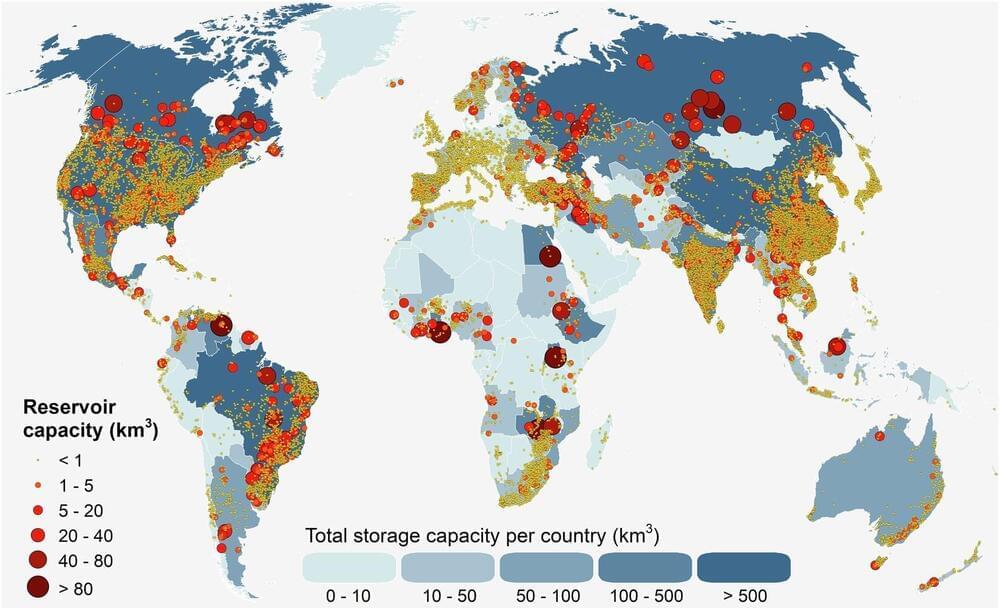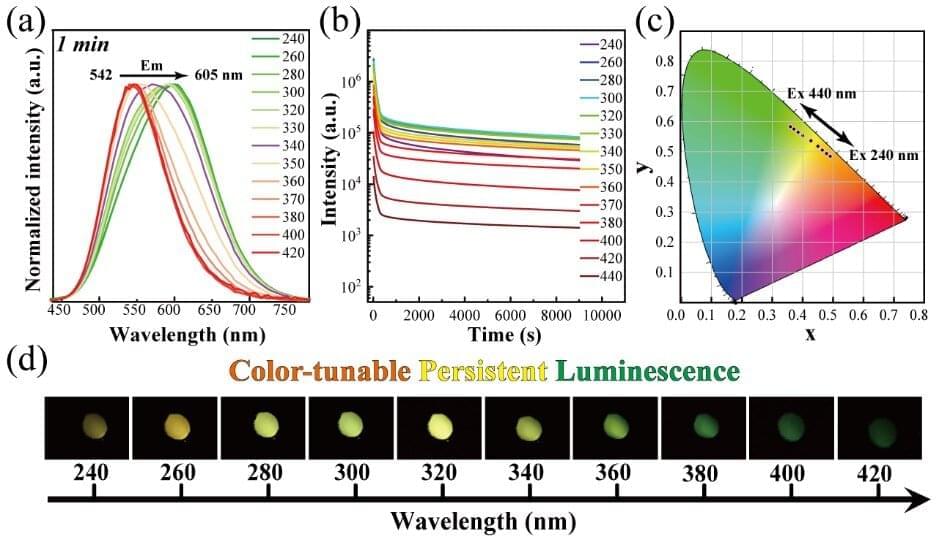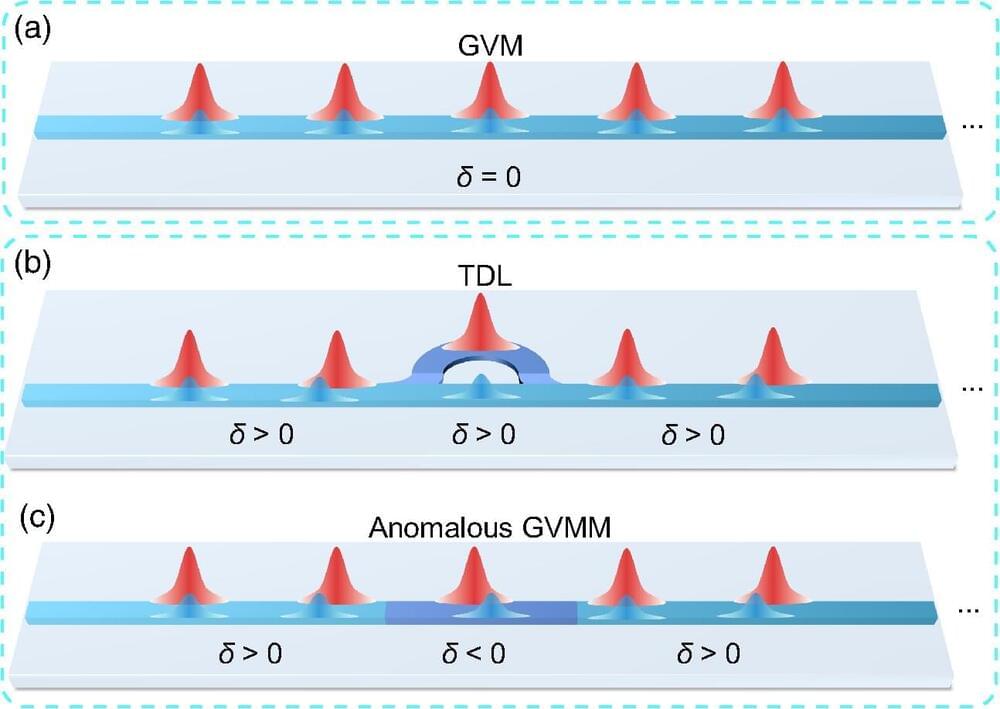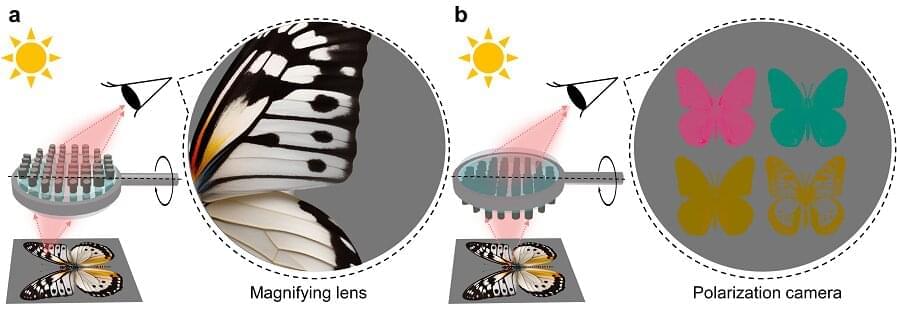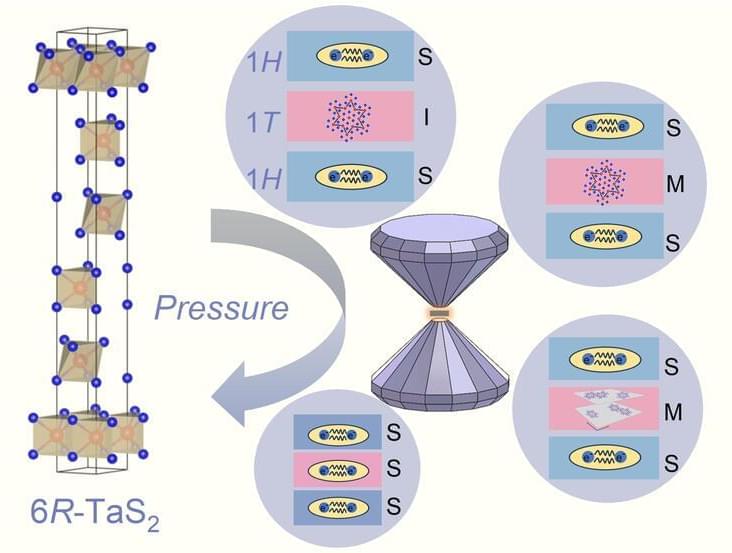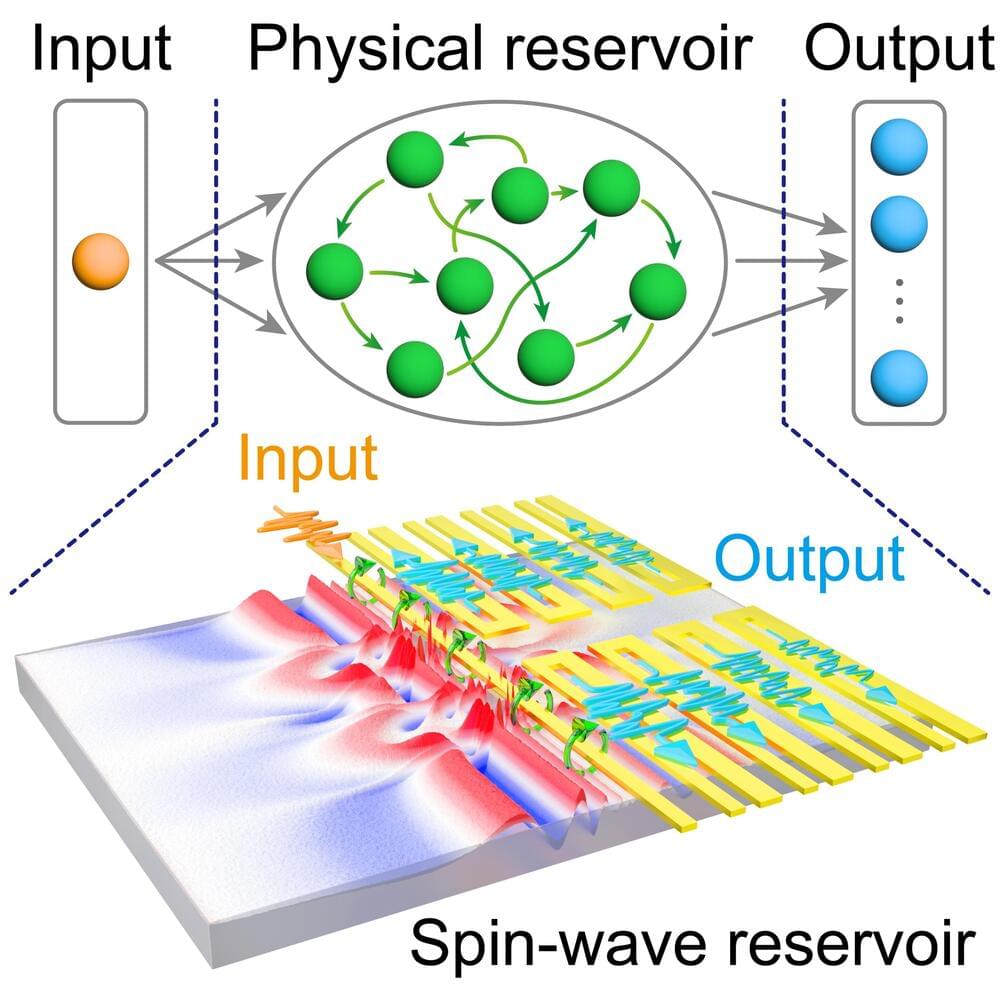Oct 16, 2024
Google bets big on ‘mini’ nuclear reactors to feed its AI demands
Posted by Kelvin Dafiaghor in categories: business, climatology, economics, nuclear energy, robotics/AI
“The grid needs new electricity sources to support AI technologies that are powering major scientific advances, improving services for businesses and customers, and driving national competitiveness and economic growth,” Google Senior Director for Energy and Climate Michael Terrell, said in a statement.
“This agreement helps accelerate a new technology to meet energy needs cleanly and reliably, and unlock the full potential of AI for everyone,” Terrell added.



